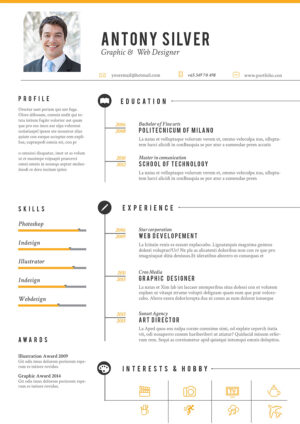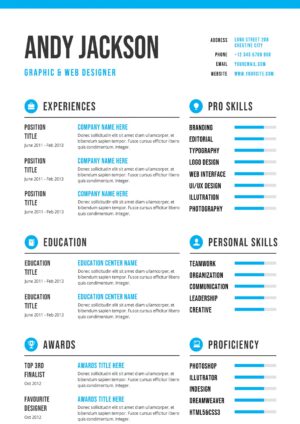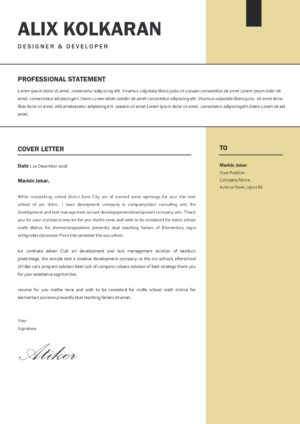architecture resume
Crafting the Perfect Architecture Resume
In today’s competitive job market, a well-crafted architecture resume is essential for standing out from the crowd and landing your dream job. Your resume is your first impression on potential employers, so it’s crucial to make it count. In this article, we’ll explore the key components of a perfect architecture resume and provide tips for crafting one that showcases your skills and experience effectively.
Introduction
The field of architecture is highly competitive, with talented professionals vying for coveted positions in top firms. A well-crafted resume is your ticket to getting noticed and securing interviews. It serves as a snapshot of your professional background, highlighting your skills, experiences, and accomplishments.
Understanding the Purpose of an Architecture Resume
Your architecture resume serves multiple purposes. Firstly, it showcases your skills and experience relevant to the position you’re applying for. Secondly, it acts as a marketing tool, making a strong first impression on potential employers and setting you apart from other candidates.
Essential Components of an Architecture Resume
1. Contact Information
Include your full name, phone number, email address, and LinkedIn profile (if applicable). Make sure your contact information is up-to-date and professional.
2. Professional Summary
Craft a compelling professional summary that summarizes your career objectives, key skills, and achievements. Keep it concise yet impactful to grab the recruiter’s attention.
3. Work Experience
List your work experience in reverse chronological order, starting with your most recent position. Include job titles, company names, dates of employment, and brief descriptions of your responsibilities and accomplishments.
4. Education
Provide details of your educational background, including degrees earned, institutions attended, and graduation dates. Mention any relevant coursework, academic honors, or extracurricular activities.
5. Skills
Highlight your key skills and competencies relevant to the job you’re applying for. This could include technical skills, software proficiency, and soft skills such as communication and leadership.
6. Certifications and Awards
List any relevant certifications, licenses, or professional awards you’ve obtained. These credentials add credibility to your resume and demonstrate your commitment to professional development.
Tips for Crafting the Perfect Architecture Resume
1. Tailor Your Resume to the Job Description
Customize your resume for each job application by highlighting the skills and experiences most relevant to the position. Use keywords from the job description to ensure your resume gets past applicant tracking systems (ATS).
2. Highlight Relevant Experience
Focus on relevant work experience that demonstrates your expertise in architecture. Include specific projects you’ve worked on and quantify your achievements whenever possible.
3. Showcase Technical Skills
Highlight your proficiency in relevant software and technical skills, such as AutoCAD, Revit, SketchUp, and Adobe Creative Suite. These skills are highly valued in the field of architecture.
4. Use Action Verbs
Begin each bullet point with a strong action verb to convey your achievements more effectively. Words like “designed,” “managed,” and “implemented” demonstrate your proactive approach.
5. Keep it Concise and Focused
Keep your resume concise and focused, aiming for no more than two pages in length. Use bullet points and short sentences to convey information efficiently and avoid overwhelming the reader.
Designing an Impressive Architecture Portfolio
In addition to your resume, a well-designed architecture portfolio is essential for showcasing your work and design skills. Select and organize your projects thoughtfully, paying attention to presentation and layout. Your portfolio should complement your resume and provide further insight into your capabilities as an architect.
Conclusion
Crafting the perfect architecture resume requires careful attention to detail and a clear understanding of what employers are looking for. By following the tips outlined in this article and showcasing your skills and experience effectively, you can create a standout resume that opens doors to exciting career opportunities in the field of architecture.
FAQs
- How long should my architecture resume be?
- Your resume should ideally be no more than two pages long, focusing on relevant information and achievements.
- What format should I use for my architecture portfolio?
- Your portfolio can be presented in a digital or physical format, depending on your preference. Choose a format that best showcases your projects and design skills.
- Should I include a photo on my architecture resume?
- It’s generally not recommended to include a photo on your resume, as it can introduce bias and distract from your qualifications and experience.
- How important is it to tailor my resume for each job application?
- Tailoring your resume to each job application is crucial for highlighting the skills and experiences most relevant to the position and increasing your chances of success.
- What should I include in my professional summary?
- Your professional summary should provide a brief overview of your career objectives, key skills, and achievements, tailored to the specific job you’re applying for.
Showing all 2 results
Showing all 2 results





